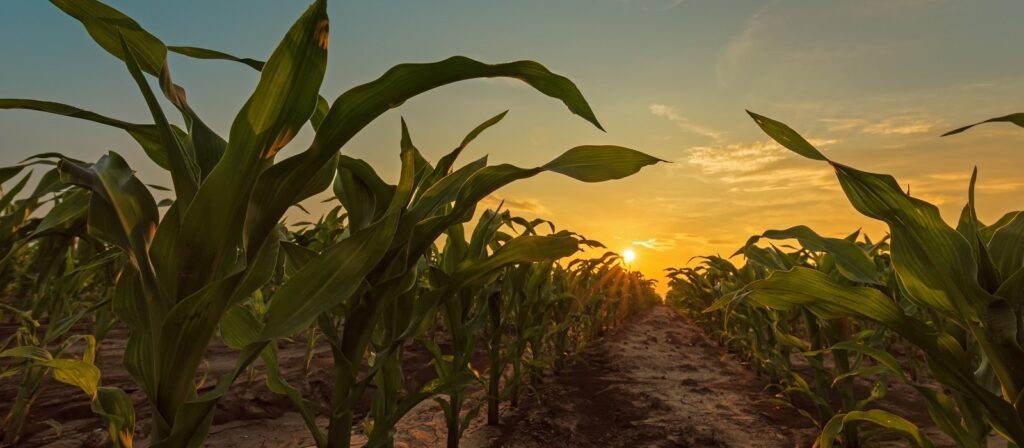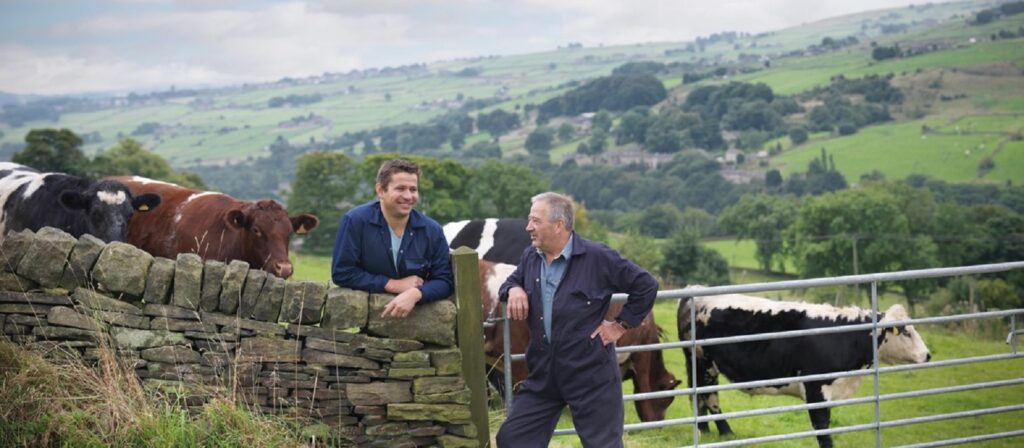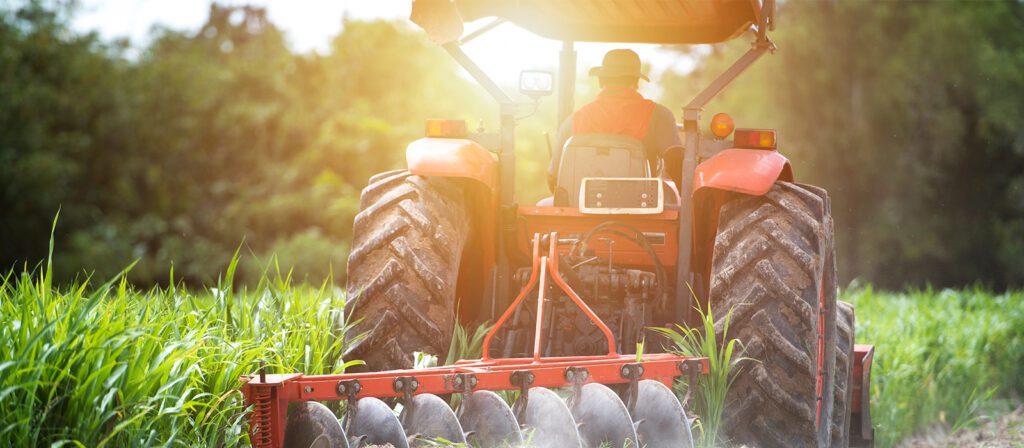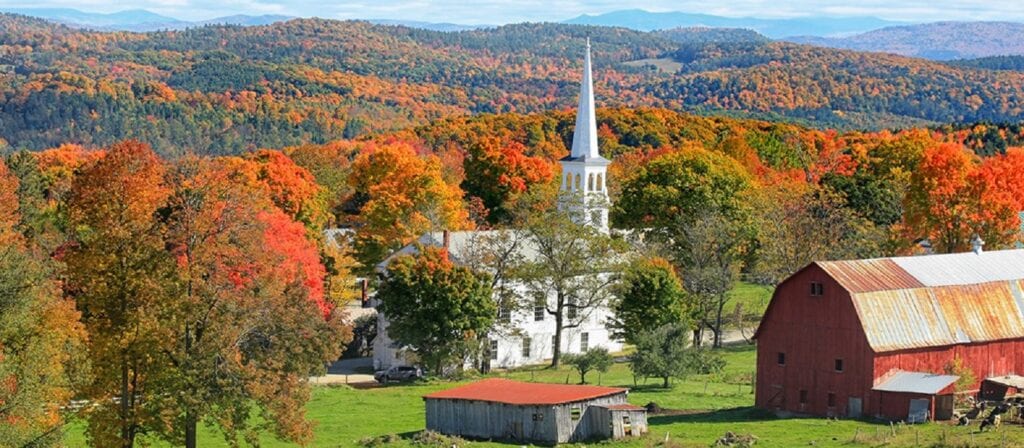Safety Insurance for Farmers (NH Life)
NH Life ranks as the 5th largest insurer in Korea, with KRW 65 trillion in total assets. It provides more than 50 types of insurance products including whole life and annuities to help three million customers develop financial plans according to their life events.
It is the only company to offer insurance plans for farmers, a government policy product. Safety Insurance for Farmers protects farmers from harm caused by injuries, diseases, and disabilities, to ensure safety and help them to concentrate on organic farming. As the only company in Korea providing this insurance, they are meeting an unmet need in the market.
Safety Insurance for Farmers can be purchased by a self-employed person or by an employer for their employees – the coverage and terms and conditions are similar for both.
Safety Insurance for Farmers has protecting farmers – not profit – at its core. Any farmer can apply, regardless of age. Therefore, NH Life Insurance sees Safety Insurance for Farmers not as insurance, but rather public assistance. It is an essential “social safety net” that helps farmers to stabilise their lives and contributes to creating sustainable agriculture and rural areas by guaranteeing all kinds of accidents and diseases that occur during farming.
Given that agricultural work is seasonal, and employers usual have more employees at certain times of the year than at others, the insurance period can be flexible, from between 1 to 89 days of the year.
Based on figures from 2020, on average farmers pay about 10% of the premium. The remaining cost is covered through a combination of subsidies from the national government, the local government and the workers’ cooperative.
The understanding of Crop Insurance in Korea (NH Property & Casualty)
As an insurance company with the identity of the cooperative, NH Property & Casualty is taking the lead in protecting customer safety and property through various customer-oriented products such as agricultural accident insurance, general insurance and long-term insurance, as well as expanding their social role: such as becoming signatories for the UN Principles for Sustainable Insurance (PSI) along with NH Life in September 2021.
NH Property & Casualty introduced the first Crop Insurance program in Korea on 2001. It started as a pilot program and in 2002, due to Typhoon Rusa, they incurred a loss ratio of 433%. In 2003, Typhoon Maemi resulted in a loss ratio of 290%. So, after two disastrous years, reinsurance companies did not participate in Korea’s Crop Program and NH was the only company providing crop insurance.
In 2005, a government reinsurance system was introduced, and reinsurance companies decided to return to Korea’s Crop Program. There was stability until 2012, when Typhoon Bolaven hit, and the loss ratio was 357%. To ease the burden on insurance company at this time, the government reinsurance program was introduced.
Distinct characteristics of Korea Crop Insurance Program:
- Asymmetric information
- Loss adjusting
- High possibility of program failure
- Government subsidy
Korea Crop Insurance is pre-assessed insurance, to understand it, there’s an important definition that is, guaranteed yield. The guaranteed yield is calculated by weighting averages of the actual yield and standard yield of the farmers over the past five years. Standard yield is calculated based on yield statistics by crop. The reason why guaranteed yield is necessary, is the yield of insured farmland are different from standard yield under various condition. So, before a farmer buys insurance, they have their own guaranteed yield. When it’s a harvest season, the actual yield is measured and compared against the guaranteed yield before deciding the amount of claim to be paid.
The presentation gives a detailed overview of how crop insurance works in Korea through an explanation of the Peril Policy (which provides coverage on incurred losses that listed in the policy) and Open Peril Policy (which provides coverage on loss from all kinds of natural disaster).
Reinsurance is a very important factor for crop insurance sustainability in Korea. In the event of a natural disaster, such as a typhoon, the claim payment is very large and so spreading of risk is essential for stable operations in the long term.





